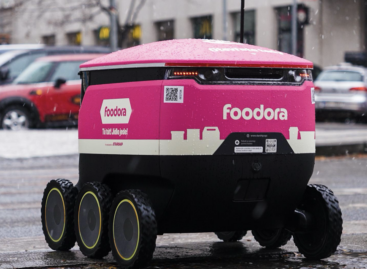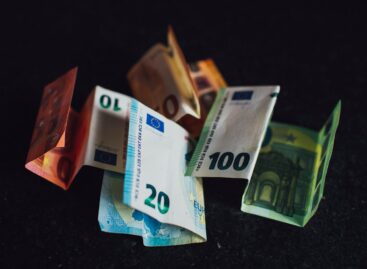Transportation at the click of a button: is the era of trucking Uber approaching?
If someone has a bike or scooter, they can easily become a courier: they just need to register in an app and orders can start coming in. Foodora or Wolt are good examples of this new, platform-based work. The same applies to passenger or parcel transport if someone works with a car or van – just think of Uber or smaller parcel delivery services. However, this digital breakthrough has not yet been achieved in the case of larger vehicles, such as minibuses and trucks. Eurowag is trying to fill this market gap by building an integrated transport platform, G7 points out.
A platform based on trucks?
 Today, entrepreneurs involved in international road freight transport still have to handle a lot of administrative and logistical tasks separately: fuel procurement, toll payment, VAT refund, tachograph management, telematics data collection, route planning – all of which are complicated and expensive to coordinate. Large transport companies solve these in-house, but smaller micro-enterprises, typically with a couple of vehicles, have to procure these functions from separate service providers, which consumes a lot of time and money.
Today, entrepreneurs involved in international road freight transport still have to handle a lot of administrative and logistical tasks separately: fuel procurement, toll payment, VAT refund, tachograph management, telematics data collection, route planning – all of which are complicated and expensive to coordinate. Large transport companies solve these in-house, but smaller micro-enterprises, typically with a couple of vehicles, have to procure these functions from separate service providers, which consumes a lot of time and money.
Average of seven, zero profit
“Eastern European transport companies have an average of seven vehicles, which shows how diverse and SME-dominated this market is,” says László Kálmán, Eurowag’s country manager in Hungary. However, profit rates were only between 3 and 5 percent even before the pandemic, but have now fallen to zero. Most companies are burning reserves, and there is hardly any money for development.
Yet digitalization could solve the most pressing problems: a single transport task requires up to 30 or more administrative steps. Eurowag aims to integrate most of these into a single application, where the entrepreneur can receive a fuel card, toll management and telematics device after an immediate credit assessment, plan their route, see traffic and possible orders.
The one-million dream
The company currently serves 300,000 vehicles with its various solutions, but wants to expand the platform to one million vehicles by 2030. This would be enough size to build a full-fledged European freight exchange on it, which can match orders with the nearest available driver in real time – just like Uber does with passengers.
Related news
Already a reality in Prague, Budapest next? – foodora tested robot delivery
🎧 Hallgasd a cikket: Lejátszás Szünet Folytatás Leállítás Nyelv: Auto…
Read more >Deloitte: The new transfer pricing regulation brings many changes
🎧 Hallgasd a cikket: Lejátszás Szünet Folytatás Leállítás Nyelv: Auto…
Read more >Temu expands European delivery network
🎧 Hallgasd a cikket: Lejátszás Szünet Folytatás Leállítás Nyelv: Auto…
Read more >Related news
Investment dumping is coming in the food industry
🎧 Hallgasd a cikket: Lejátszás Szünet Folytatás Leállítás Nyelv: Auto…
Read more >It turns out which online food ordering platform websites are the most sustainable
🎧 Hallgasd a cikket: Lejátszás Szünet Folytatás Leállítás Nyelv: Auto…
Read more >Customers are also looking for the record-breaking iPhones in refurbished versions
🎧 Hallgasd a cikket: Lejátszás Szünet Folytatás Leállítás Nyelv: Auto…
Read more >






